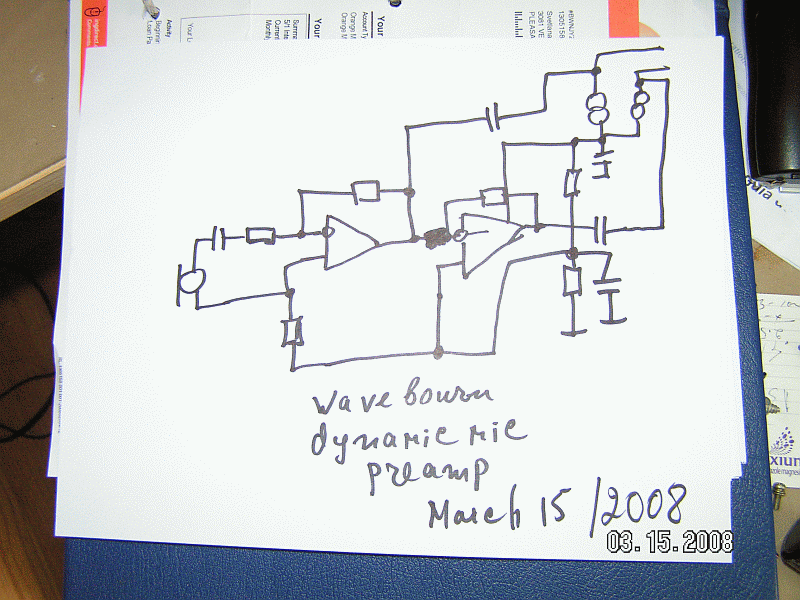Is this a silly idea? I'm thinking of an ultra-compact inline mic preamp with about 40 dB of fixed gain and which would plug into a balanced mic input and operate off 48V of phantom power. Something along the lines of this:
http://www.micbooster.com/products/felminimicbooste.html
but with higher gain. The intended use would be to plug into the mic input of a CF recorder having weak mic preamps.
All suggestions welcome.
http://www.micbooster.com/products/felminimicbooste.html
but with higher gain. The intended use would be to plug into the mic input of a CF recorder having weak mic preamps.
All suggestions welcome.














![Soldering Iron Kit, 120W LED Digital Advanced Solder Iron Soldering Gun kit, 110V Welding Tools, Smart Temperature Control [356℉-932℉], Extra 5pcs Tips, Auto Sleep, Temp Calibration, Orange](https://m.media-amazon.com/images/I/51sFKu9SdeL._SL500_.jpg)



















